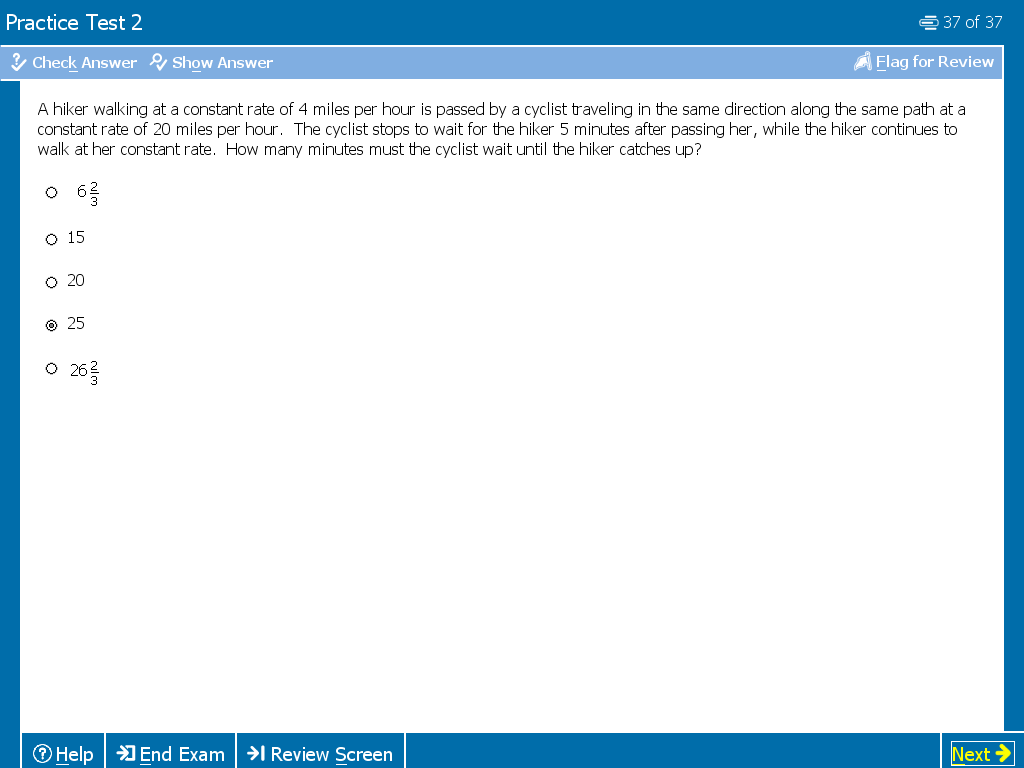Events & Promotions
|
|

GMAT Club Daily Prep
Thank you for using the timer - this advanced tool can estimate your performance and suggest more practice questions. We have subscribed you to Daily Prep Questions via email.
Customized
for You
Track
Your Progress
Practice
Pays
Not interested in getting valuable practice questions and articles delivered to your email? No problem, unsubscribe here.
- Nov 19
12:30 PM EST
-01:30 PM EST
Learn how Keshav, a Chartered Accountant, scored an impressive 705 on GMAT in just 30 days with GMATWhiz's expert guidance. In this video, he shares preparation tips and strategies that worked for him, including the mock, time management, and more - Nov 20
01:30 PM EST
-02:30 PM IST
Learn how Kamakshi achieved a GMAT 675 with an impressive 96th %ile in Data Insights. Discover the unique methods and exam strategies that helped her excel in DI along with other sections for a balanced and high score. - Nov 22
11:00 AM IST
-01:00 PM IST
Do RC/MSR passages scare you? e-GMAT is conducting a masterclass to help you learn – Learn effective reading strategies Tackle difficult RC & MSR with confidence Excel in timed test environment - Nov 23
11:00 AM IST
-01:00 PM IST
Attend this free GMAT Algebra Webinar and learn how to master the most challenging Inequalities and Absolute Value problems with ease. - Nov 24
07:00 PM PST
-08:00 PM PST
Full-length FE mock with insightful analytics, weakness diagnosis, and video explanations! - Nov 25
10:00 AM EST
-11:00 AM EST
Prefer video-based learning? The Target Test Prep OnDemand course is a one-of-a-kind video masterclass featuring 400 hours of lecture-style teaching by Scott Woodbury-Stewart, founder of Target Test Prep and one of the most accomplished GMAT instructors.
Kudos
Bookmarks
C
Be sure to select an answer first to save it in the Error Log before revealing the correct answer (OA)!
Difficulty:
 75%
(hard)
75%
(hard)
Question Stats:
61% (02:14) correct 39%
(02:23)
wrong
39%
(02:23)
wrong  based on 3889
sessions
based on 3889
sessions
History
Date
Time
Result
Not Attempted Yet
A hiker walking at a constant rate of 4 miles per hour is passed by a cyclist traveling in the same direction along the same path at a constant rate of 20 miles per hour. The cyclist stops to wait for the hiker 5 minutes after passing her, while the hiker continues to walk at her constant rate. How many minutes must the cyclist wait until the hiker catches up?
A. 6 2/3
B. 15
C. 20
D. 25
E. 26 2/3

1.png [ 30.46 KiB | Viewed 27034 times ]
A. 6 2/3
B. 15
C. 20
D. 25
E. 26 2/3
Attachment:
1.png [ 30.46 KiB | Viewed 27034 times ]
Kudos
Bookmarks
Hiker's speed : Cyclist's speed = 4 : 20 = 1 : 5
To cover the same distance, Time taken by Hiker : Time taken by Cyclist = 5 : 1
(If distance is same, speed is inversely proportional to time)
If cyclist took 5 mins, Hiker will take 25 mins. So she will need another 20 mins. (When cyclist was covering the distance in 5 mins, the Hiker was also walking for those 5 mins)
To cover the same distance, Time taken by Hiker : Time taken by Cyclist = 5 : 1
(If distance is same, speed is inversely proportional to time)
If cyclist took 5 mins, Hiker will take 25 mins. So she will need another 20 mins. (When cyclist was covering the distance in 5 mins, the Hiker was also walking for those 5 mins)
Kudos
Bookmarks
anilnandyala
In 1/12 hours (5 minutes) after the hiker is passed by the cyclist the distance between them will comprise \((20-4)*\frac{1}{12}=\frac{4}{3}\) miles (note that during these 5 minute hiker walks too, so their relative rate is 20-4 miles per hour). The hiker thus will need \(\frac{\frac{4}{3}}{4}=\frac{1}{3}\) hours, or 20 minutes to catch up.
Answer: C.
















